SUMMARY
This is AI generated summarization, which may have errors. For context, always refer to the full article.
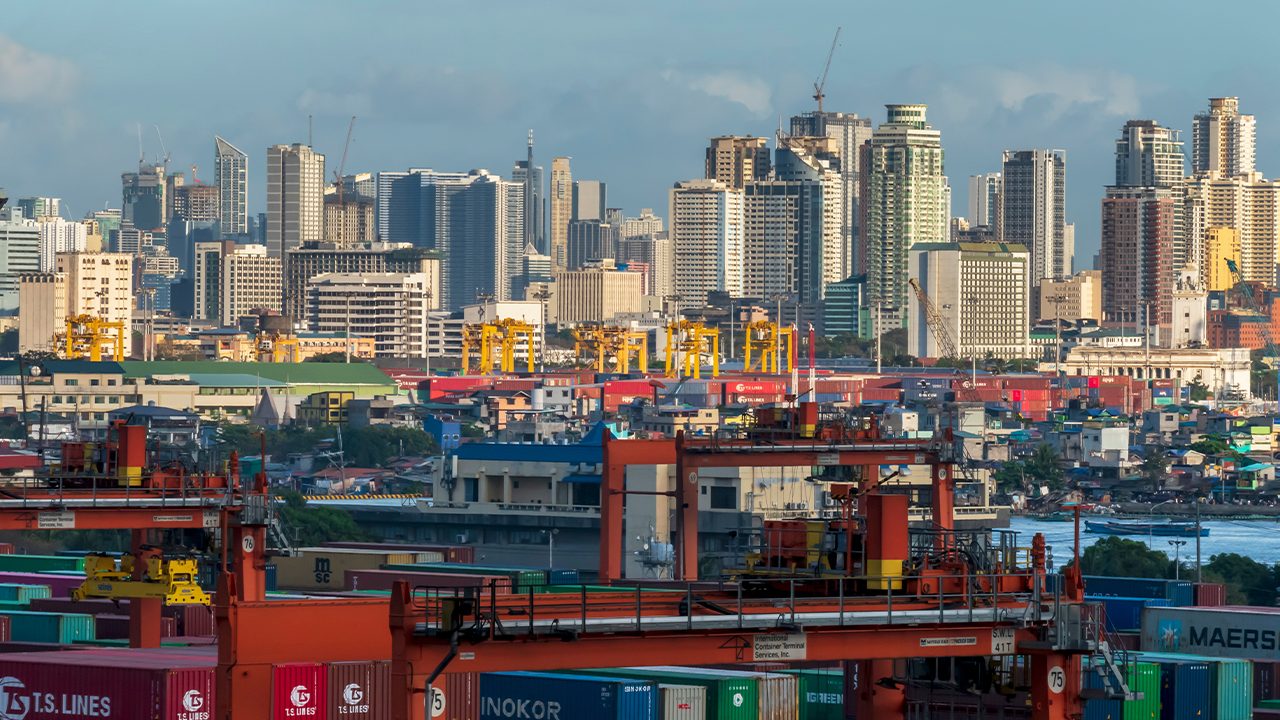
MANILA, Philippines – The Philippines has already outpaced its Southeast Asian counterparts in terms of gross domestic product (GDP) growth. But to continue on its path to become an upper middle-income country, the country must also grapple with the highest inflation rate among its ASEAN peers, and the rise of unpaid and low-quality jobs domestically.
The Philippines posted a GDP growth of 6.4% in the first quarter of 2023, higher than the levels of growth in Malaysia (5.6%), Indonesia (6.0%), Vietnam (3.3%), and Thailand (2.7). This was attributed to the continued release of pent-up demand, improved employment, and steady remittances.
But the World Bank cautioned that these rosy numbers are expected to fall in the face of stubborn inflation, among other factors.
“That growth was highest among peers in the region. However, growth is expected to moderate in 2023,” said Ndiamé Diop, World Bank country director for Brunei, Malaysia, Philippines, and Thailand in a media briefing on Wednesday, June 7.
“This is because elevated inflation and a tight policy environment will weigh on domestic demand while the slowdown in global growth will weigh on external demand. And those explain the moderation that we have predicted in 2023,” he added.
Inflation to fall, but risks remain
Although inflation had already peaked in early 2023, it remained “well above those in peer countries in the ASEAN region,” according to World Bank senior economist Ralph Van Doorn. May’s inflation rate of 6.1% – which marked the fourth consecutive month of deceleration – still remained far above the 2% to 4% target range of the Bangko Sentral ng Pilipinas.
The World Bank expects inflation to go down in the Philippines and around the world, but it highlighted the persistence of global risks, such as “unexpectedly sticky core inflation” that could be transmitted to the Philippine economy, rising geopolitical tensions, and the recent episodes of financial market instability in advanced economies.
Domestically, there’s also the threat of El Niño and supply chain bottlenecks that could again strain the country’s food supply and inflate prices.
Taking into account these risks, the World Bank estimated that the Philippine economy would grow at 6% in 2023, 5.9% in 2024, and 5.7% over the medium-term.
Low-quality jobs rise past pre-pandemic levels
While the country’s growth has generated jobs and lifted people out of poverty, the World Bank has its eye on another trend that it caused: the rise of low-quality jobs.
“Higher labor force participation and net job creation mask the persistence of low-quality jobs,” the World Bank’s Philippines Economic Update report said. “Low-quality jobs are on a rise, even surpassing pre-pandemic levels.”
The Philippine economy generated 998,000 jobs from September 2022 to March 2023, but a big chunk of this is what the World Bank labels as “low-quality jobs,” which are characterized by low and irregular pay.
“While the economy has generated a significant number of jobs, particularly in agriculture and the service sector, the quality of these jobs remains a concern. There has been an increase in part-time workers, self-employed individuals, and unpaid workers, indicating a shift towards the informal labor market and low-productivity jobs,” Doorn said during the media briefing.
Elementary occupations with low and irregular pay took up almost 30% of all employment in March 2023, higher than the 27% level in January 2020. The percentage of part-time workers, self-employed individuals, and unpaid workers also rose above pre-pandemic levels, showing a shift to low-productivity jobs.
Worryingly, data from the Philippine Statistics Authority showed that around 41% of new jobs created in February were unpaid – that is, they were held by people who work in family businesses without compensation.
(READ: Philippines mutes rise of unpaid workers, highlights rosy jobs figures)
“Job creation in the Philippines since 2015 has actually lifted a lot of people out of poverty. And we’ve seen that in a very sharp decline in the poverty rate from 2015 until the pandemic. However, many of these jobs were not very productive, and are precarious, with low job certainty,” Doorn said.
“The challenge going forward to be a middle- and upper-middle-income country is for the economy to create not only jobs, but high-quality jobs in the manufacturing and the high value-added-service sectors,” he added. – Rappler.com
Add a comment
How does this make you feel?


![[ANALYSIS] How one company boosts farmer productivity inside the farm gate](https://www.rappler.com/tachyon/2024/06/bioprime-farmgate-farmer-productivity-boost.jpg?resize=257%2C257&crop=465px%2C0px%2C1080px%2C1080px)

![[In This Economy] Is the Philippines quietly getting richer?](https://www.rappler.com/tachyon/2024/04/20240426-Philippines-quietly-getting-richer.jpg?resize=257%2C257&crop=194px%2C0px%2C720px%2C720px)


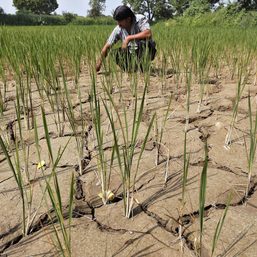






![[In This Economy] Peso approaches P60 per dollar once more. So what?](https://www.rappler.com/tachyon/2024/05/TL-peso-dollar-economy-may-24-2024.jpg?resize=257%2C257&crop=302px%2C0px%2C720px%2C720px)

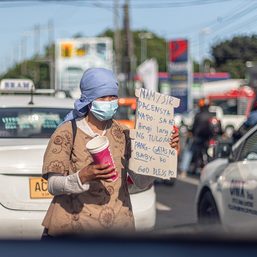



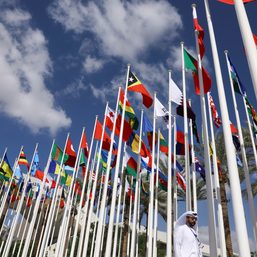


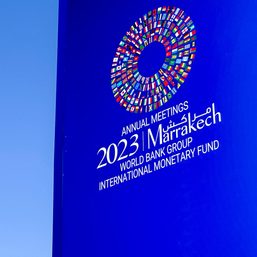

There are no comments yet. Add your comment to start the conversation.